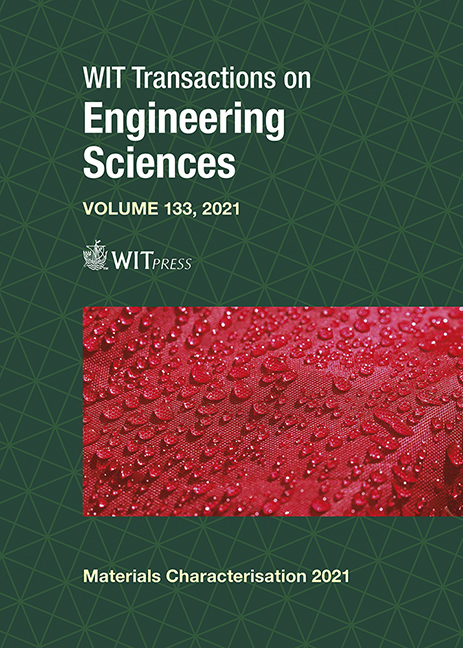TREATMENT AND REUSE OF ASH FROM MUNICIPAL SOLID WASTE INCINERATION
Price
Free (open access)
Transaction
Volume
133
Pages
12
Page Range
81 - 92
Published
2021
Paper DOI
10.2495/MC210081
Copyright
Author(s)
CINZIA SALZANO, MARCO DE PERTIS, GIOVANNI PERILLO, RAFFAELE CIOFFI
Abstract
Incineration is considered one of the most convenient treatment of urban solid waste (MSW) as it allows a significant volume reduction and an energy enhancement of the waste itself. However, it cannot be considered a final treatment solution because of the formation of solid residues, mainly composed of two groups of ash, bottom ash (BA) and fly ash (FA). Their characteristics depend on the type of incoming waste and on the combustion methods. BA are considered non-hazardous waste, while FA, due to their high content of heavy metals, alkali chlorides and soluble metal salts, have the characteristics of hazardous waste. Among the various recovery possibilities is the use of FA for the production of artificial lightweight aggregates (LWA), used for the production of lightweight concrete (LWC). This article aims to highlight how the use of FA granules as aggregates in LWC can give good results in terms of compressive strength, rupture and elastic modulus. In fact, the particle size distribution and chemical composition of the FA, as well as the generally spherical shape and low cost, make this type of ash an ideal material for this use.
Keywords
incineration ash, lightweight aggregates, granulation, lightweight concretes





